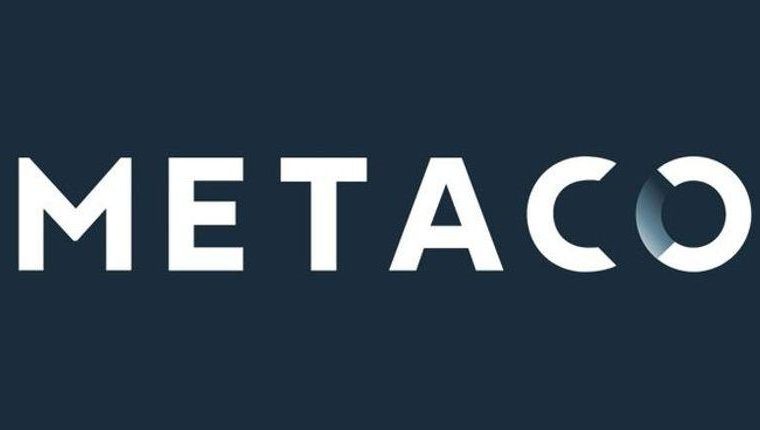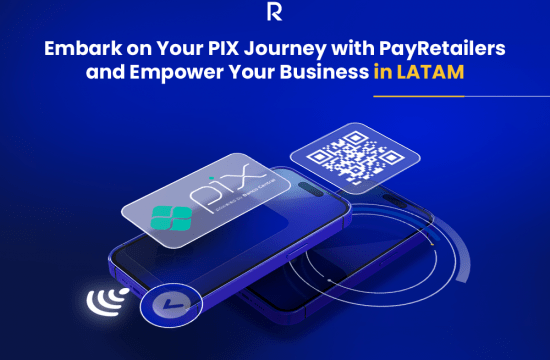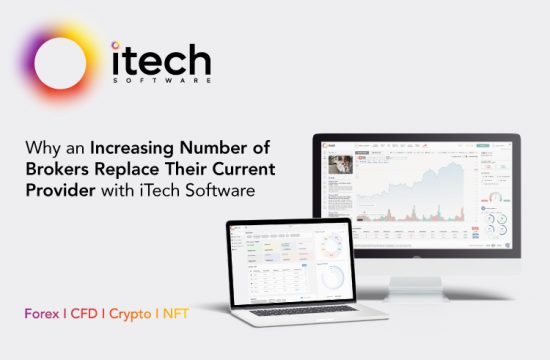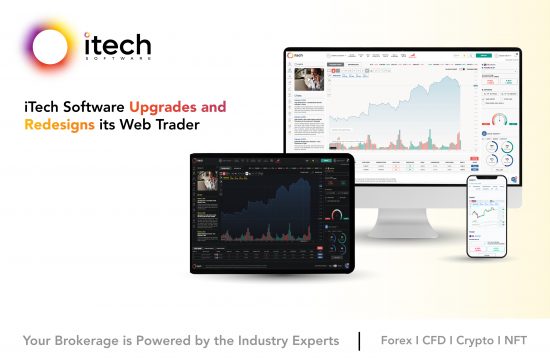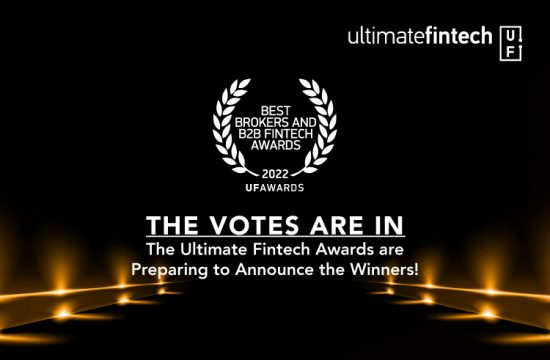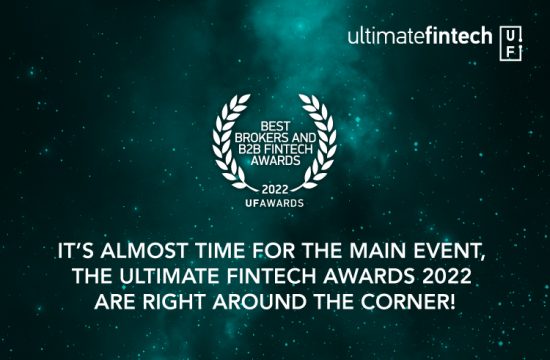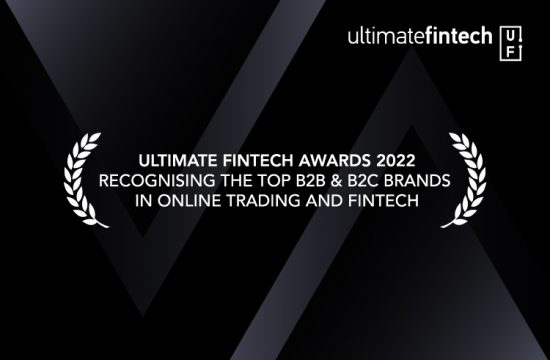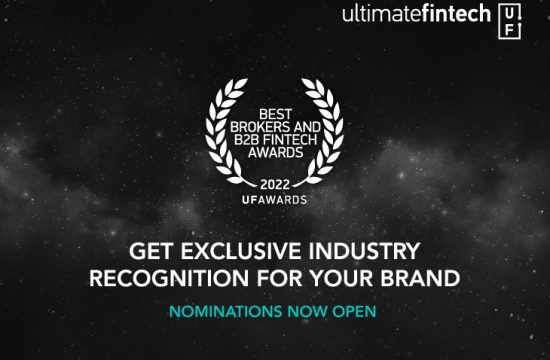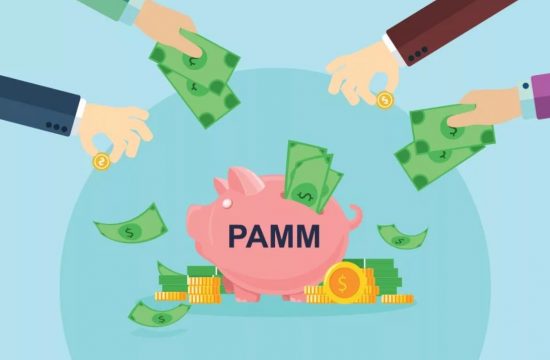METACO, one of the leading providers of security-critical infrastructure to the digital asset ecosystem, has just announced a major integration with Tezos, which is one of the earliest public blockchains.
Tezos has a market cap of over $4 billion and is considered one of the pioneers of the blockchain industry. METACO has been in the financial services industry since 2015 and has been building various products for its customers which include some of the major banks like Standard Chartered and exchanges. One of its flagship products is Harmonize which is a digital asset orchestration system.
Tezos has been integrated into Harmonize which would further enhance its digital asset management capabilities including the ability to manage a list of comprehensive functions on the Tezos blockchain, including the ability to stake digital assets which would help the users to earn interest at very low risk.
Adrien Treccani, CEO and Founder at METACO, commented, “As the institutional adoption of digital assets accelerates, investors are gaining a broader appetite for crypto assets, with interest in the areas of DeFi, staking, and tokenization gathering momentum. As a result, orchestration of these complex capabilities and interactions across an increasingly diverse set of digital asset applications has become a core need for many institutions. METACO Harmonize, our digital asset orchestration system, provides institutions with the requisite flexibility to address this need. Integrating Tezos, a leading proof-of-stake blockchain, into our orchestration system demonstrates our industry-leading innovation in delivering clients the cutting-edge technology and flexibility they need to stay apace with the rapidly evolving digital assets ecosystem.”
Harmonize not only provides end to end functionalities for Tezos but is also integrated with other major Defi and proof-of-stake protocols like Aave, Uniswap and Compound. Tezos is its latest addition and a good one at that as Tezos was one of the first blockchains launched in 2014 with proof-of-stake and even now, the governance structure allows the users on the network to vote on changes, a purely democratic way of getting things done, which has been one of the highlights of the blockchain industry over the years.


